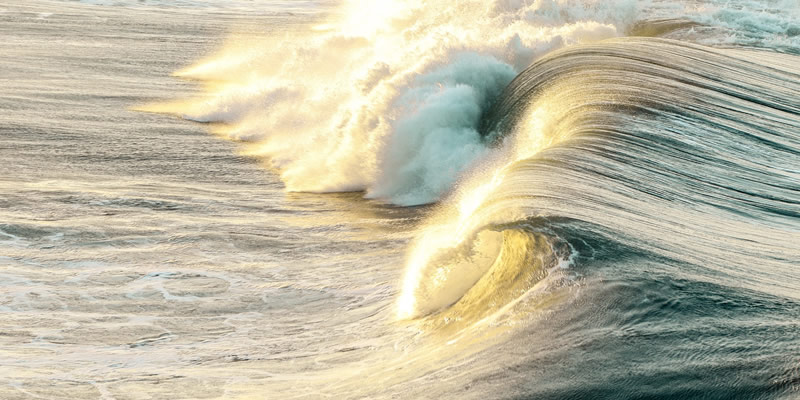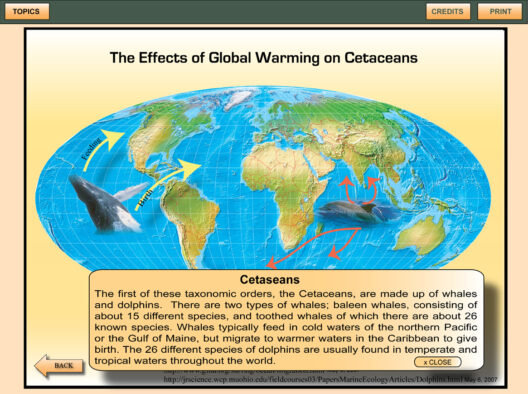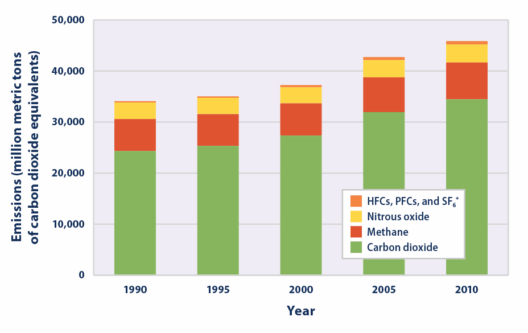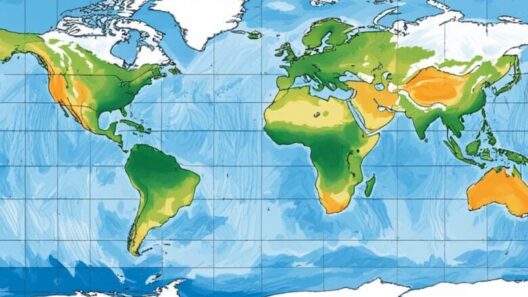To unravel the enigmatic relationship between ocean currents and climate is akin to piecing together a jigsaw puzzle that depicts the Earth’s climatic tapestry. Ocean currents, the ceaseless rivers of saline water that traverse our vast oceans, have an undeniable impact on global climate systems. Their movement dictates not merely the temperature of oceanic bodies but also influences atmospheric conditions, weather patterns, and perhaps even the fate of entire ecosystems. Understanding these currents is vital, as they serve as both a climate moderator and a harbinger of climatic disruptions.
Understanding Ocean Currents: The Underlying Mechanism
Ocean currents are powered by a complex interplay of wind, water density, temperature gradients, and the Earth’s rotation. Much like how the beating of a heart pumps life through veins, these currents circulate the oceanic waters, ensuring vital nutrients are distributed across vast distances. They can be broadly categorized into surface currents, which lie in the upper 400 meters of the ocean, and deep currents, which flow below this layer. Each type plays a unique role in climate regulation.
Surface currents, driven primarily by the wind, influence the immediate climate of coastal regions. Warm currents, such as the Gulf Stream, carry heat from the equator towards the polar regions. This transfer of warmth can mean the difference between a temperate winter in Europe and the frigid cold of the Arctic. In stark contrast, cold currents, like the California Current, can chill the coastal climate, leading to cooler, foggier weather which nurtures distinctive ecosystems. The synergetic actions of these currents create climatic zones that sustain diverse biomes. Conversely, deep-ocean currents, governed by thermohaline circulation, transport cold and nutrient-rich water across the globe, influencing a wide array of ecological processes.
Climate Regulation: The Invisible Hand
The impact of ocean currents extends far beyond temperature modulation; they also play an indispensable role in carbon sequestration. When ocean waters absorb carbon dioxide from the atmosphere, they help mitigate greenhouse gas concentrations—a key mechanism in combating climate change. This process is akin to nature’s own washing machine, cleansing the Earth of excess carbon while simultaneously nurturing marine life. Phytoplankton, the ocean’s microscopic powerhouses, thrive in nutrient-rich upwelling zones created by these currents, further enhancing the ocean’s ability to sequester carbon through photosynthesis.
Moreover, ocean currents affect precipitation patterns globally. For example, the El Niño Southern Oscillation (ENSO), a periodic warming of sea surface temperatures in the central and eastern Pacific Ocean, results in drastic changes in weather patterns across the globe. These shifts can lead to torrential rains in some regions while causing droughts in others. Such erratic behavior underscores the intricate connectivity of the Earth’s climate system, where a disturbance in one area reverberates worldwide.
The role of ocean currents in climate regulation is undeniably profound. Without them, Earth’s climate would be drastically different, with extremes that would challenge both terrestrial and marine life. As such, they represent both a stabilizing force and a potential source of turmoil amidst climate change. The warming oceans, potentially influenced by rising global temperatures, may alter these currents in unforeseeable ways, raising concerns about future impacts on climate stability.
Climate Change: The Ripple Effect
The modern narrative of climate change brings forth a myriad of unforeseen consequences attributed to shifting ocean currents. The alarming phenomenon of polar ice melt contributes excess freshwater to the oceans, subsequently disrupting the delicate salinity balance that drives thermohaline circulation. This disruption may hinder the Gulf Stream, leading to significant cooling in parts of Europe and potentially altering monsoon patterns in South Asia.
Additionally, changes in ocean current patterns exacerbate weather extremes. The frequency and intensity of hurricanes and typhoons can be modified by warmer ocean temperatures, creating pathways along which these ferocious storms develop. Prolonged heating of ocean waters also results in greater evaporation, further intensifying precipitation events globally. The interplay between temperature fluctuations and oceanic currents thus emerges as a vital area of study as we confront the uncertainties posed by a warming planet.
Case Studies: A Glimpse into the Future
Various regions across the globe provide poignant examples of how ocean currents impact climate. The Coral Triangle, often heralded as the “Amazon of the seas,” finds itself at a crossroads, impacted by increased climate variability driven by changing currents. The very currents that fostered rich marine biodiversity now pose a threat to coral reefs, affecting their ability to withstand warmer water temperatures and higher levels of carbon dioxide, leading to widespread bleaching events.
Similarly, the Arctic region witnesses its currents and ice dynamics becoming increasingly interconnected. As warming continues, ice floes that once insulated colder waters are rapidly retreating, exposing the ocean to sunlight and accelerating warming processes. This not only changes local climates but may also have feedback loops that influence global weather patterns in unforeseen ways.
Conclusion: The Currents of Change
The intricate dance of ocean currents and climate is a powerful reminder of nature’s interconnectedness. These watery pathways orchestrate much of the planet’s weather, regulate temperatures, and sustain diverse ecosystems. However, as climate change accelerates, the future of these currents hangs in the balance. Understanding and mitigating human impacts will be crucial in preserving the vital role ocean currents play in shaping our climate. Like unseen threads woven into the fabric of existence, ocean currents remind us that our world is infinitely more connected than we often perceive, urging us to be vigilant stewards of the environment.








